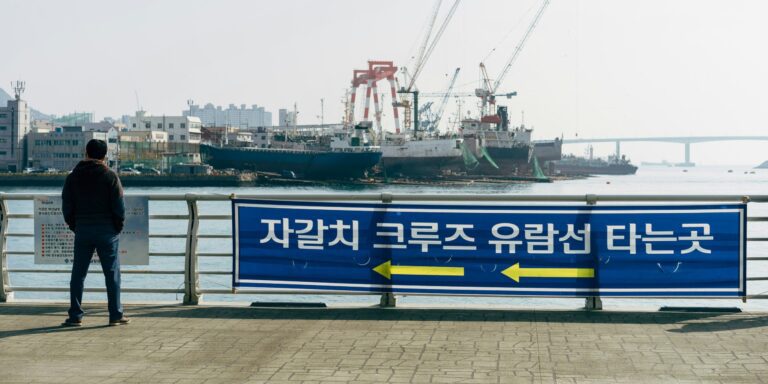WASHINGTON, D.C. — South Korea’s chief trade negotiator, Yeo Han-koo, arrived in Washington, D.C., on June 21, 2025, to lead a crucial diplomatic mission aimed at resolving escalating trade tensions between the United States and South Korea. The mission, scheduled from June 22 to 27, comes at a pivotal economic moment, with Seoul seeking to secure an extension—or permanent rollback—of punitive tariffs that have strained bilateral trade and contributed to South Korea’s recent economic slowdown.
At the center of the negotiations are two key U.S. tariff measures: a 10% blanket tariff and a 25% country-specific tariff that were temporarily suspended in April but are set to resume on July 8 unless a new agreement is reached. These tariffs have impacted a wide range of South Korean exports, including steel, automotive parts, and semiconductors—industries critical to the country’s economy.
The urgency of this mission is underscored by a surprise contraction in South Korea’s first-quarter gross domestic product (GDP), which shrank by 0.2%, marking its first quarterly decline in nearly a year. Economists have cited weakened export performance, especially to the U.S., as a significant factor. In response, the Bank of Korea has implemented multiple interest rate cuts, bringing the benchmark rate to 2.5% and revising its growth forecast for 2025 downward to 0.8%.
Given the high stakes, Seoul is pursuing a multi-pronged approach. A cross-ministerial task force was formed in mid-June to coordinate the strategy, involving trade, finance, and industry officials. The delegation’s top priorities include securing tariff relief, reinforcing bilateral trade cooperation, and addressing U.S. concerns over South Korean firms’ operations in China—particularly in the semiconductor sector.
However, the talks face structural limitations. With key U.S. trade and economic leadership posts still awaiting Senate confirmation, negotiations are being conducted at the technical level. Broader geopolitical issues such as defense cost-sharing and currency policy have been explicitly excluded from this round of discussions, according to both sides.
Trade Minister Yeo Han-koo has described the talks as critical, but not necessarily bound by the July 8 deadline. “We may not adhere strictly to that date,” Yeo stated, hinting that negotiations could extend beyond early July if necessary to secure a durable agreement.
The U.S. side, represented by acting officials within the Office of the U.S. Trade Representative (USTR), has signaled openness to a compromise. Treasury Secretary Scott Bessent referred to previous talks in April as “very successful,” and preliminary technical drafting of a new agreement had begun before the current round resumed.
In addition to tariff relief, Seoul is pushing for expanded cooperation in other strategic sectors, including digital services, shipbuilding, and green energy. Trade facilitation measures—such as streamlined customs protocols and reduced non-tariff barriers—are also on the table. The aim is to create what negotiators are calling a “July package”: a comprehensive trade agreement that restores predictability to a key bilateral relationship.
Still, political complexity looms large. South Korea’s new President, Lee Jae-myung, who took office in early June, inherits a challenging economic landscape and has made restoring export competitiveness a top priority. Domestically, his administration faces pressure from industry groups concerned about further losses if tariffs are reinstated. In Washington, internal U.S. political gridlock and a transitional trade leadership team complicate the path to a swift resolution.
Industry leaders in both countries are watching the talks closely. In South Korea, exporters in automotive, steel, and technology have called for urgent relief to prevent further erosion of market share in the U.S. In the U.S., lobbyists representing domestic manufacturers have pushed for strong enforcement of trade rules while signaling cautious support for negotiated outcomes that preserve key alliances.
If successful, the Washington mission could mark a significant reset in U.S.–South Korea trade relations, with broader implications for global supply chains and regional economic stability. Conversely, failure to reach a deal by July 8 could reintroduce steep trade barriers and amplify headwinds for South Korea’s already fragile recovery.
The outcome of this mission will likely shape the next phase of economic engagement between the two allies—at a time when global trade realignment and geopolitical tensions continue to redefine strategic partnerships in the Indo-Pacific and beyond.


